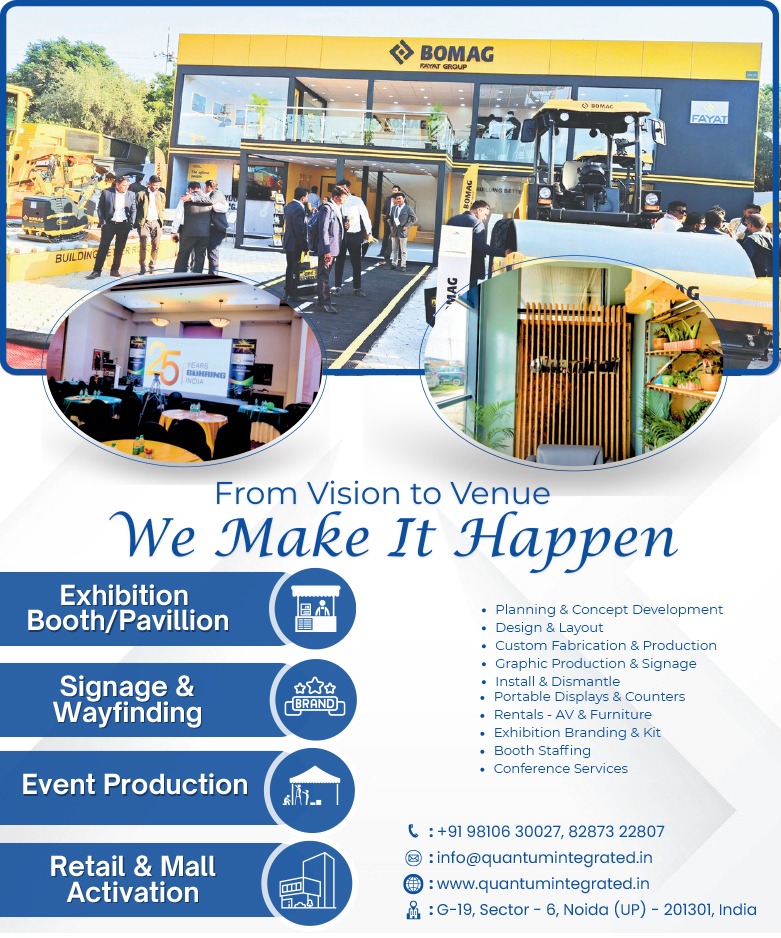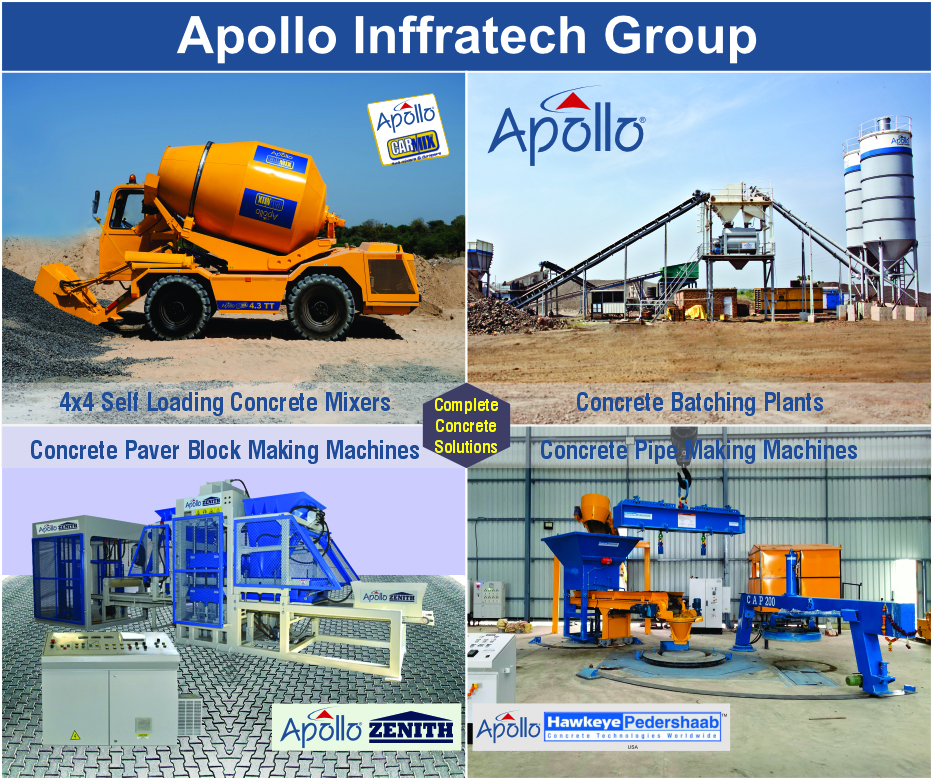A new review published by researchers from institutions such as the University of Tennessee, Kennesaw State University, and the University of Texas at San Antonio spotlights the growing role of AI-based robots (AIRs) in transforming industrialized building manufacturing (IBM). The study analyses developments between 2014 and 2024 to understand how robotics integrated with artificial intelligence can streamline off-site construction and on-site installation processes.
Industrialized building relies heavily on factory-based prefabrication and modular assembly, but persistent challenges—such as inconsistent productivity, underutilized factory space, and a lack of unified technical standards—have constrained its full potential. The authors argue that AIRs, when deployed across four core functional modules—cognition, communication, control, and coordination & collaboration—can bridge these gaps. Robots equipped with advanced sensors and environmental perception systems enhance decision-making, while robust communication protocols and human-robot interaction interfaces support seamless collaboration.
In practical terms, AI-based robotic systems can assist in component preparation, subassembly, main structural assembly, finishing operations, and quality inspection. The review acknowledges significant progress in improving efficiency, cost control, and resource usage, but also points out outstanding hurdles such as standardization, integration complexity, and the need for adaptive control strategies in dynamic settings. Looking ahead, the authors propose further research into scalable coordination frameworks, intelligent path planning, and more adaptive human–robot collaboration models to accelerate adoption in the construction sector.










